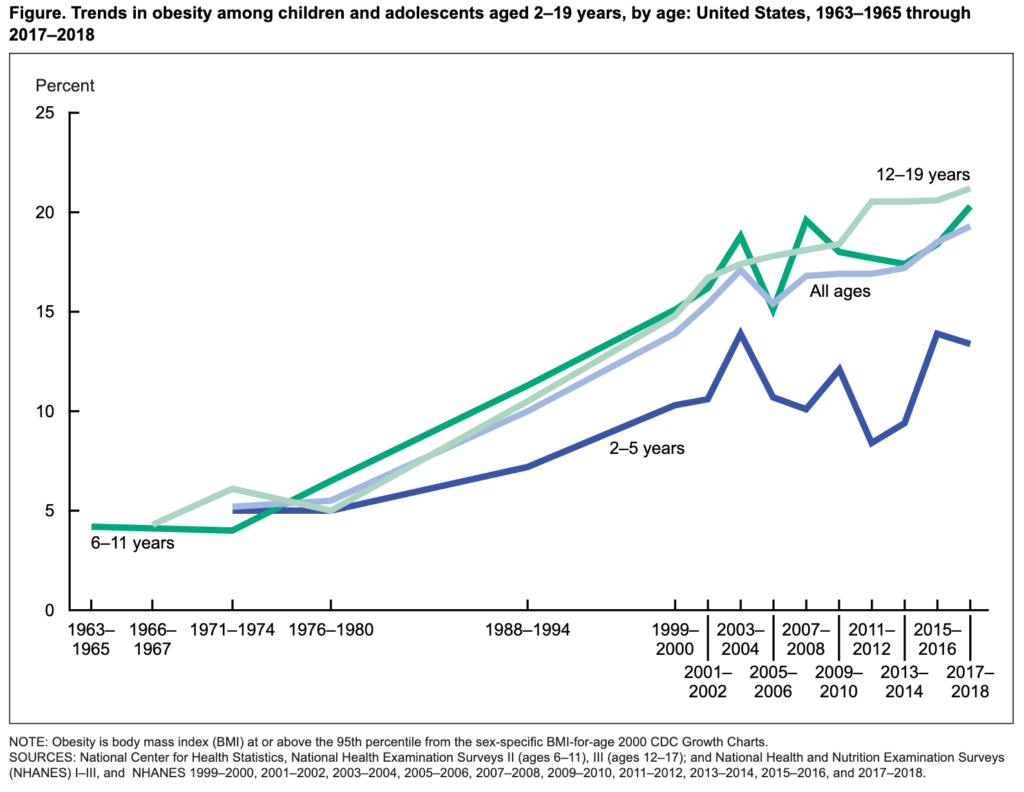Starting as a small restaurant in California, McDonald’s Corporation has now become one of the world’s leading food service brands. In 1954, Ray Kroc visited a small restaurant in San Bernardino, California, run by brothers Dick and Mac McDonald. These brothers produced a limited menu with only burgers, fries, and beverages, allowing them to focus on quality and quick service. Kroc became their new franchising agent, and the McDonald’s System Inc. was born in 1955, a predecessor of the McDonald’s Corporation. The first restaurant to open within the McDonald’s system was in Des Plaines, Illinois that same year.

Kroc’s vision was that there would be 1,000 McDonald’s restaurants in the United States; yet, McDonald’s has continued to grow and expand exponentially. By 1958, McDonald’s had sold its 100 millionth hamburger, and McDonald’s Inc. acquired the rights to Dick and Mac’s company in 1961 for $2.7 million. They went into international markets beginning in 1967, opening in Canada and Puerto Rico. Today, the company has over 36,000 restaurants in over 200 countries (“Our History” 2021). The McDonald’s 2019 Annual Report stated that system-wide sales had risen to $100.2 billion, maintaining its role as a leading name in the quick-service food industry (“Financial Information” 2021).
Over the period of time that the McDonald’s Corporation was growing, there was a simultaneous shift in the way that health was being viewed. The Center for Disease Control and Prevention (CDC) provides statistics on the prevalence of obesity among children, adolescents, and adults. In a National Health Examination Survey conducted from 1963-1970, the total prevalence of obesity among children and adolescents was 4.4% (Ogden and Carroll 2010). From 1963 until the latest report released in 2020, obesity rates have steadily increased over the years, with a few major spikes. Obesity rates have reached an all-time high, with the National Health and Nutrition Examination Survey (NHANES) report from 2017-2018 stating that an estimated 19.3% of U.S. children and adolescents aged 2-19 years have obesity, including 6.1% with severe obesity, and another 16.1% are overweight (Fryar, Carroll, and Afful 2020). This percentage has increased rapidly from approximately 4% in 1963. Healthy People 2020 created the target for childhood obesity prevalence to be less than 14.5% as a benchmark that they could work towards in fighting the obesity epidemic (Ogden et al. 2018:186). In response to critics, many fast-food establishments have begun to include more healthful items in their menus. While this has increased the number of healthy items people purchase, it has not seemed to curb customers’ appetites for other, less healthy items (Lydon et al. 2011).
